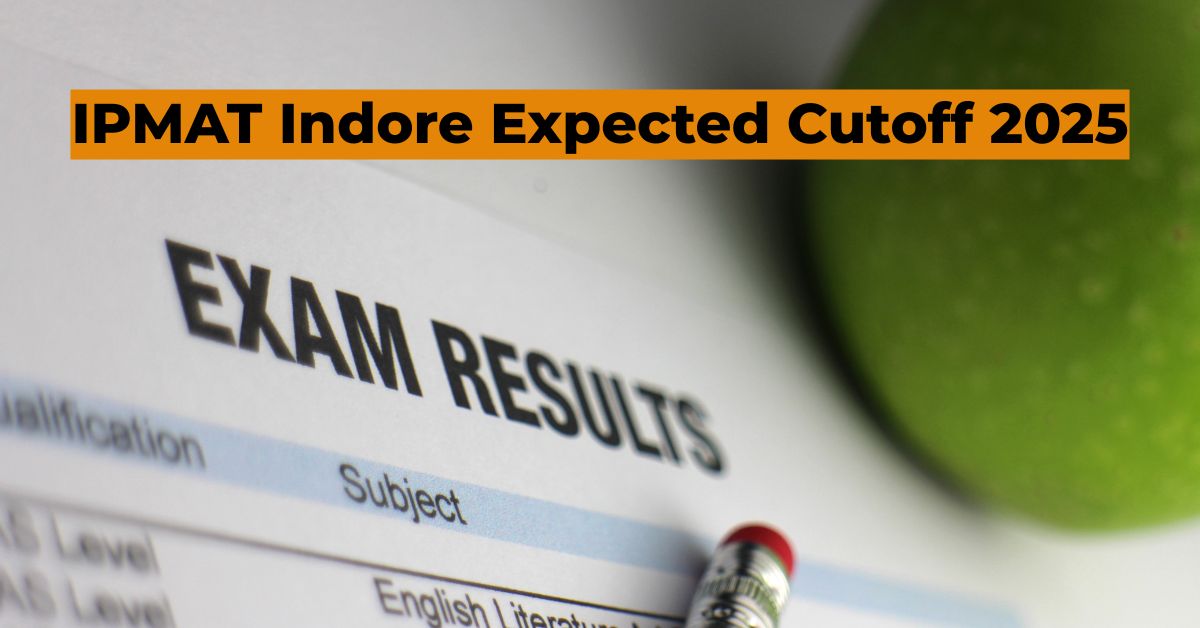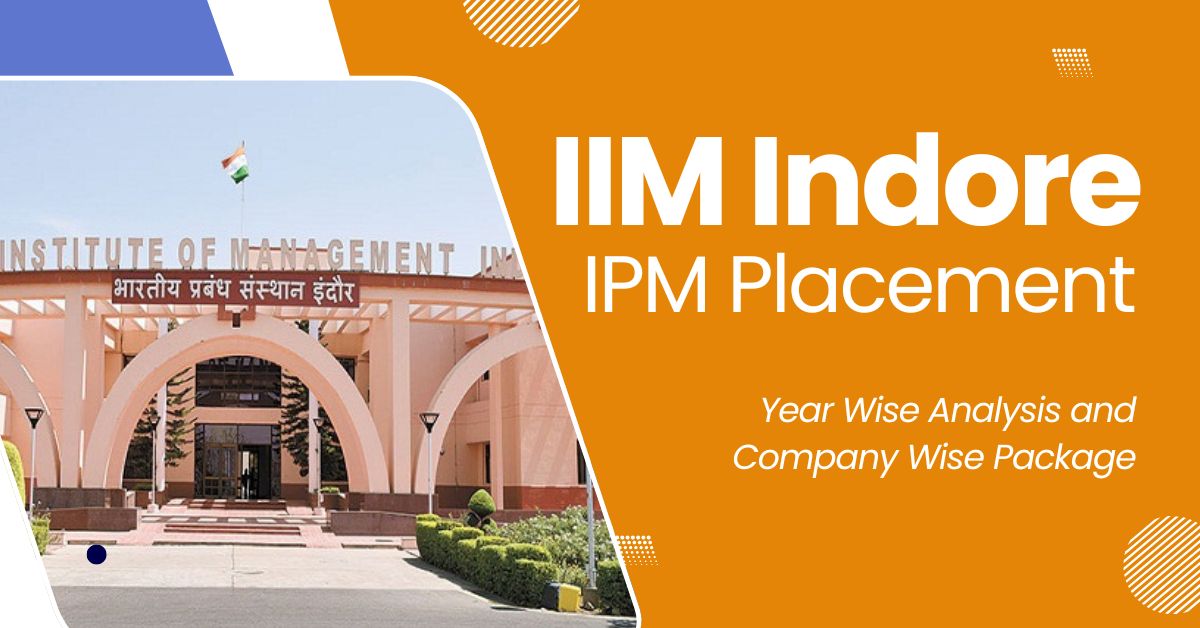Most aspirants are curious about the difficulty level of IPMAT vs CAT, and the common belief is that the CAT exam is tougher. However, this perception is not solely based on the difficulty of the questions, but rather on the low acceptance rate associated with CAT.
Since the number of test-takers for CAT is significantly higher than that for IPMAT, it is often seen as more competitive. Still, in terms of the actual question difficulty, there is no clear winner in IPMAT vs CAT, as both exams challenge students in different ways depending on their academic background and preparation.
Table of Contents
Comparing IPMAT Against CAT
For more details on IPMAT vs CAT, continue reading the post below:
| Factors | IPMAT | CAT |
| Managing Body | IIM-Indore (Indian Institute of Management, Indore), IIM-Rohtak, & NTA |
IIMs (Indian Institute of Management)
|
| Level of Examination | National Level | National Level |
| Frequency of Exam | Annually | Annually |
| Mode of Exam | Online | Online |
| Exam Syllabus | -Quantitative Ability -Verbal Ability -Logical Reasoning |
-Quantitative Ability
-Data Interpretation & Logical Reasoning -Verbal Ability & Reading Comprehension |
| Total Marks | Depending upon the IPMAT exam | 198 |
| Duration of Exam | 120 Minutes (2 hours) | 120 Minutes (2 hours) |
| Purpose of Exam | Gateway to MBA/PGDM programs in top IIMs and other B-schools in India |
Gateway to an integrated program in management in leading IIMs
|
| Question Types | MCQs | MCQs & Short Answers |
| Difficulty Level | Moderate to High | High |
| Marking Scheme | +4 for each right attempt and -1 for each wrong attempt | +3 for each right attempt and -1 for each wrong attempt |
In comparison to CAT vs IPMAT, which one is the tougher entrance exam, if we take a look at the exam patterns, marking system, and difficulty levels, the CAT difficulty level is high in comparison to the IPMAT whose difficulty level is moderate to high.
Nevertheless, you can steer through these contrasts and prepare accordingly for the exam that best suits your goals.
Difference Between IPMAT & CAT
|
CAT vs IPMAT |
Differences |
|
Exam Pattern |
The IPMAT is split into three sections which are QA, VA, and LR. The duration of the exam is one-twenty minutes (two hours) and is computer-based. Each section is divided into 40 questions. For each correct attempt, you will be granted 4 marks and a wrong attempt will cost you 1 mark.
The CAT sections are also split into three which are VARC, QA, and DILR. The duration of the examination runs for two hours and is computer-based. The VARC section has 24 questions, DILR with 20 questions, and QA with 20 questions. Each correct attempt will earn you 3 marks while an incorrect attempt will cost you 1 mark. |
|
Difficulty Level |
Generally, the CAT is more challenging than the IPMAT. The CAT syllabus contains more topics and subjects compared to the IPMAT exam syllabus. Moreover, aspirants prefer to appear for the CAT exam rather than the IPMAT exam. The conditions have led to revisions to the CAT exam pattern over the past few years. Nevertheless, the difficulty level stays unchanged. Students who are consistent with their preparation and are well aware of the subject can only crack the CAT exam on their first try.
The difficulty level for the IPMAT is considered to be moderate because this test is primarily tailored for UG students who have less experience with competitive examinations. The questions are arranged in such a way as to test students’ basic awareness of QA, VA, and LR abilities. On the contrary, the CAT is considered one of the toughest management entrance exams. It is a level test that requires consistent preparation and practice. The questions are designed to test the abilities of students which include logical, analytical, and problem-solving. |
|
Time and Weightage |
Both the CAT and IPMAT exams last for 2 hours. However, the division of each part into sections and the weightage of each section differ considerably. Students are advised to focus on a topic that is crucial and pay extra attention to guidelines managing negative markings. Each incorrect attempt on the CAT and IPMAT leads to poor scoring. |
|
Key Topics |
The CAT syllabus contains topics that are vast as the syllabus itself is extensive. IPMAT on the other hand is a blended test. The topic of each of these exam syllabi is almost identical as it is tailored for UG admissions instead of PG admissions. Hence, the IPMAT exam is usually less demanding than the CAT. |
|
Question Format |
The question structure of the CAT vs IPMAT varies because of the two different levels of the examinations. Hence, in order to get into leading institutes, you must thoroughly prepare for both tests. Students are highly advised to check the marking system before appearing for the different tests. |
|
Level of Competition |
Despite the differences in how the CAT and the IPMAT are designed, the level of competition is still very high. Both tests are managed at different levels and each year, a large number of candidates apply for these tests. This shows that each exam needs a high level of preparation and dedication. |
Conclusion
While IPMAT and CAT differ in terms of syllabus, target audience, and difficulty level, both exams ultimately serve as gateways to India’s premier management institutes—the IIMs. They each cater to different stages of a student’s academic journey: IPMAT for students right after class 12 and CAT for graduates aiming for an MBA.
However, the end goal remains the same—to secure a seat at a top IIM and build a strong foundation for a rewarding career in management. Many aspirants who begin their journey through IPMAT continue to aim high and prepare for the CAT as well, seeking to strengthen their profile or keep more options open, especially if they are exploring transitions or upgrades within the IIM ecosystem.
Choosing between IPMAT and CAT—or preparing for both—depends on where you are in your academic timeline and how early you’ve set your sights on a management career. What truly matters is consistent effort, clarity of purpose, and a strategic approach to cracking whichever exam aligns best with your goals.









![IPMAT Indore 2025 Shortlists Are OUT! [Check Now]](https://www.careerlauncher.com/blogs/wp-content/uploads/2025/06/ChatGPT-Image-Jun-6-2025-03_10_29-PM-e1749208940826.png)





